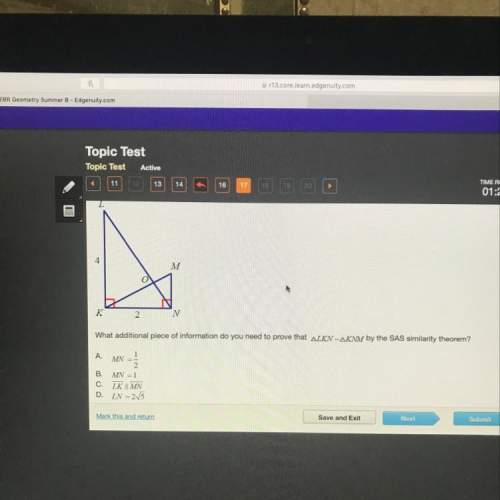
Mathematics, 23.03.2020 23:02 marmee
The advection–diffusion equation is used to compute the distribution of concentration along the length of a rectangular chemical reactor: ∂c ∂t = D ∂ 2 c ∂x2 − U ∂c ∂x − kc , (1) where c = concentration (mg/m3 ), t = time (min), D = a diffusion coefficient (m2/min), x = distance along the tank’s longitudinal axis (m) where x = 0 at the tank’s inlet, U = velocity in the x direction (m/min), and k = a reaction rate (min−1 ) whereby the chemical decays to another form. Develop an explicit scheme to solve this equation numerically. Test it for k = 0.15, D = 100, and U = 1 for a tank of length 10 m. Use a ∆x = 0.5 m, and a step size ∆t = 0.001 min. Assume that the inflow concentration is 100, at the outlet the concentration is not changing with x position, and that the initial concentration in the tank is zero. Perform the simulation from t = 0 to 100 min and plot the final resulting concentrations versus x.

Answers: 3
Another question on Mathematics

Mathematics, 21.06.2019 17:50
When using the linear combination metho e linear combination method to solve a system of linear equations, the four options are:
Answers: 1

Mathematics, 21.06.2019 18:30
F(x)=x^3+4 question 6 options: the parent function is shifted up 4 units the parent function is shifted down 4 units the parent function is shifted left 4 units the parent function is shifted right 4 units
Answers: 1

Mathematics, 21.06.2019 18:30
Is the square root of 4 plus the square root of 16 rational?
Answers: 2

You know the right answer?
The advection–diffusion equation is used to compute the distribution of concentration along the leng...
Questions



Mathematics, 13.11.2020 20:30





Mathematics, 13.11.2020 20:30


Chemistry, 13.11.2020 20:30





History, 13.11.2020 20:30

Social Studies, 13.11.2020 20:30

Mathematics, 13.11.2020 20:30



Mathematics, 13.11.2020 20:30




